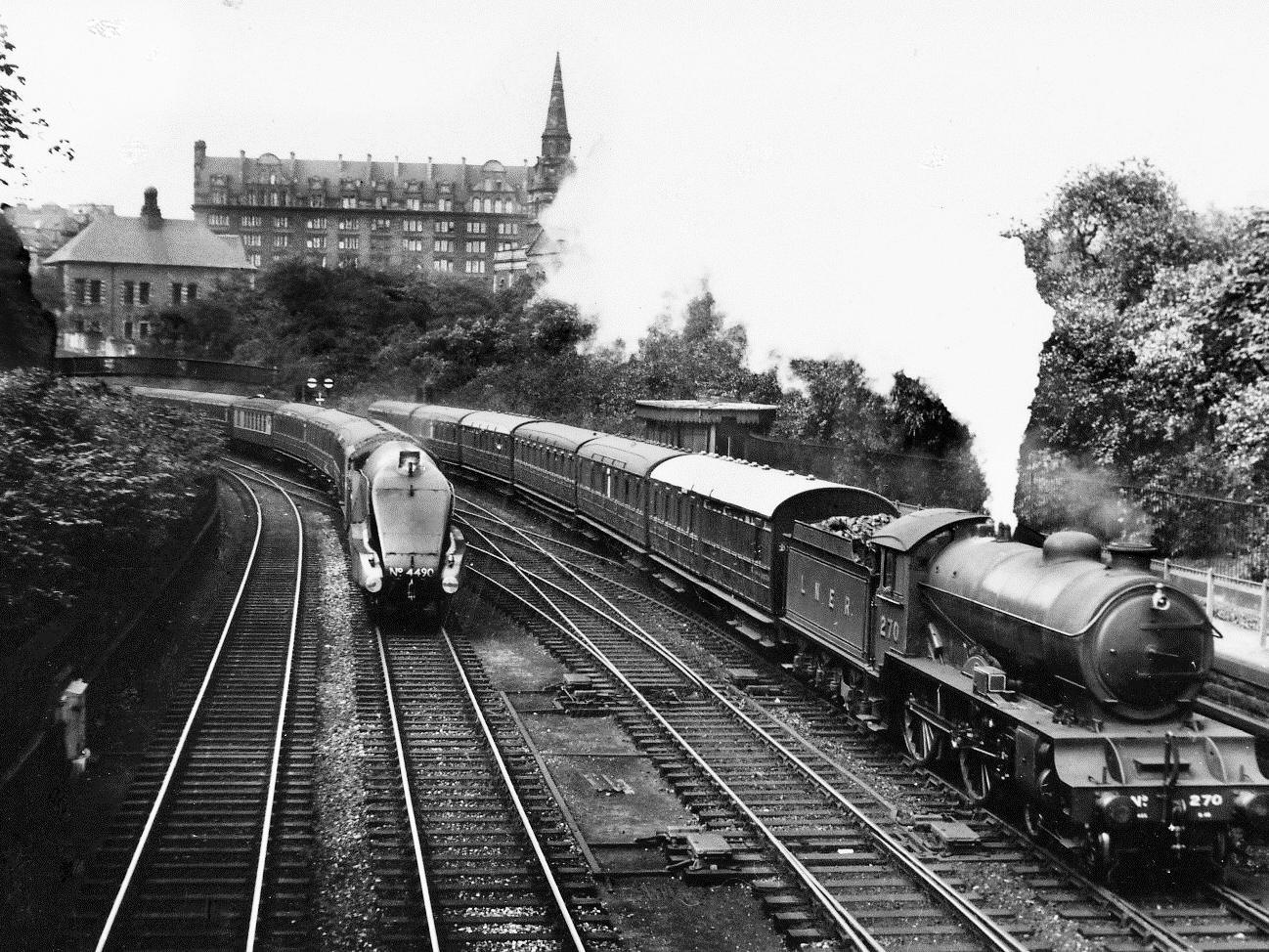In their book Edinburgh to Inverkeithing, due to be published by Middleton Press on 25 January, Dennis Lovett and Allan McLean record how before the opening of the Forth Bridge, journeys from Edinburgh to Fife and the North required a boat to cross the Firth of Forth. All that changed with the opening of the bridge and its approach lines in 1890. Almost overnight the former routes to South and North Queensferry were redundant for main line passenger work and brought with them the end of the North British-operated ferry service.
Until then, the Edinburgh & Northern Railway favoured taking the train to Granton and from there crossing to Burntisland, five miles across the water, where an impressive terminus station was built to take passengers onward to Perth. For those west of Edinburgh, the alternative was to take a train to South Queensferry and then a shorter crossing to North Queensferry. It is this route and its replacement that opened in 1890 with the completion of the Forth Bridge.
The opening of the Forth Bridge by the Prince of Wales (later King Edward VII) took place on 4 March 1890. Such was the success of the opening of the Forth Bridge that traffic through Edinburgh greatly increased. Waverley Station could barely deal with this and some commentators at the time reported the station in a state of chaos. A major rebuilding of the station followed between 1895 and 1901.
Authorised in 1903, construction of a new dockyard for the Royal Navy began in 1909. A short connecting line from the North Queensferry branch to Rosyth Dockyard left the former at Naval Base Junction which opened during the First World War. Rosyth Dockyard station opened on 1st July 1915. The Docks remain rail served from Inverkeithing South Junction, although the line was unused in 2019 and the track is becoming overgrown.
Some of the images of interest in the book capture steam trains emerging into Princes Street Gardens, an early Haymarket Station, a train passing the signal box at Saughton in 1962 and a view of the Forth Bridge taken in the mid-1880s while still under construction.
The images show;
1: Class D49 4-4-0 engine (No 270) Argyllshire and A4 class 4-6-2 (No 4490) Empire of India approaching Waverley. Thought to be taken between WWI and WWII, the Caledonian Hotel can be seen in the background, in front of the Caledonian Railway's Princes Street terminus with St Cuthbert’s church spire in front of it.
2: Call Boy, a Class A3 4-6-2 engine (No 60099) emerging into Princes Street Gardens, on the 4.03 pm Edinburgh Waverley to Inverness service on 21st July 1961.
3: A commercial postcard that was posted to Australia in May 1912 and is a Photogravure style card, published by J R Russell of Edinburgh, provides an early shot Haymarket Station.
4: Class J36 No 65288 passes the signal box at Saughton in 1962 with a short freight train consisting of one mineral wagon and a brake van.
5: A view of the Forth Bridge taken in the mid-1880s, shows the construction of the main cantilever structures which are supported by granite piers.
6: This shot taken at Cruick's Siding shows a class 101 DMU clambering away from Inverkeithing past Thomas Ward's scrapyard in May 1975 - in the background HMS Lion awaits scrapping.
The book is one of a series acclaimed by The Journal of the Signalling Record Society: "The great strength and value of these books is the visual coverage of the locations along the route in photographs and maps. These make the book a valuable quick reference when one wants to know what a particular location, or locations, on the route looked like. The detail for the line is there, all in one place."
Edinburgh to Inverkeithing is published on 25 January by Middleton Press and is one of a series of railway albums, priced £18.95, that are available post-free in the UK from middletonpress.co.uk or by calling 01730 813169
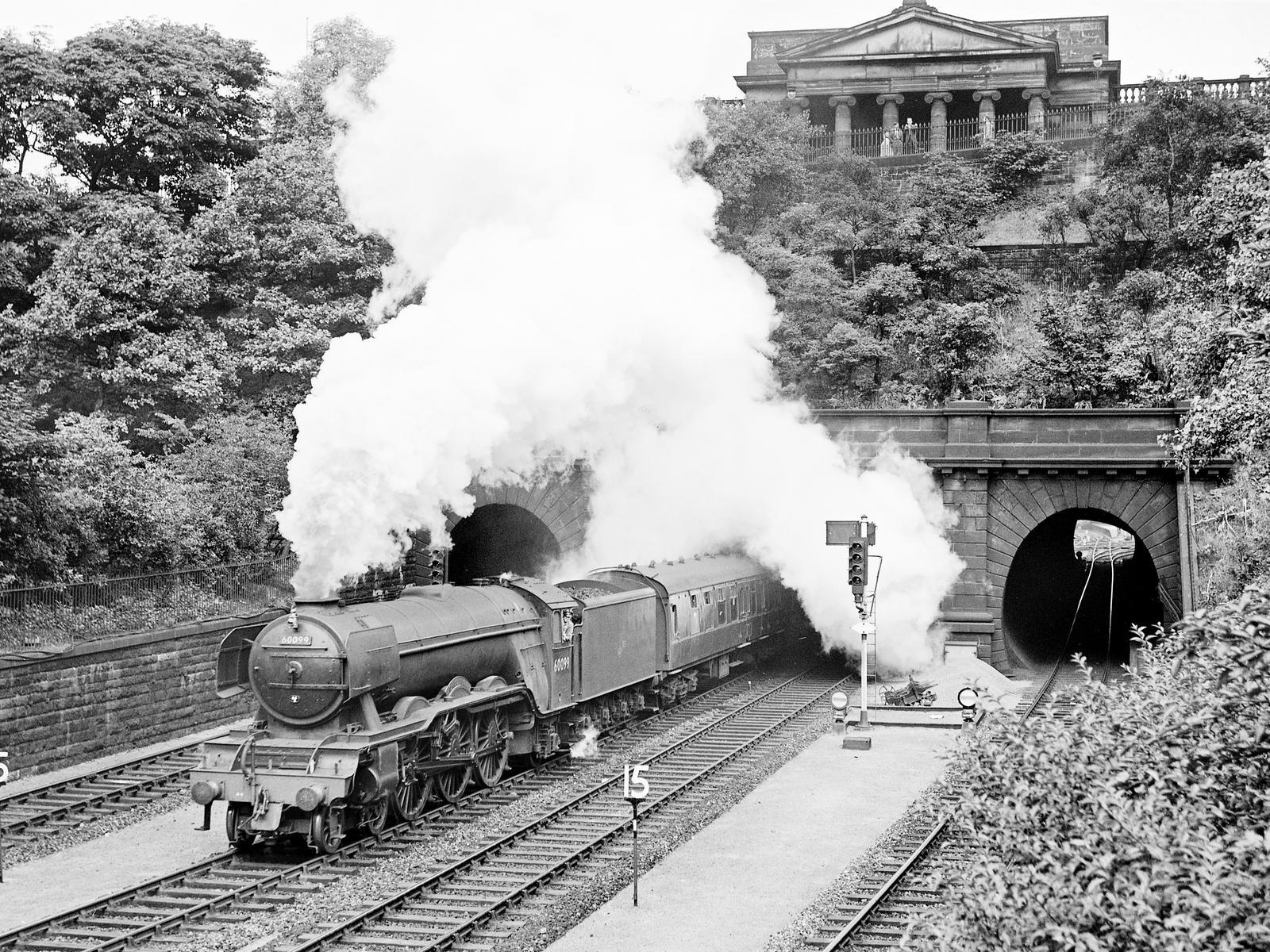
1. Call Boy
Call Boy, a Class A3 4-6-2 engine (No 60099) emerging into Princes Street Gardens, on the 4.03 pm Edinburgh Waverley to Inverness service on 21st July 1961. Photo: Rail Photoprints
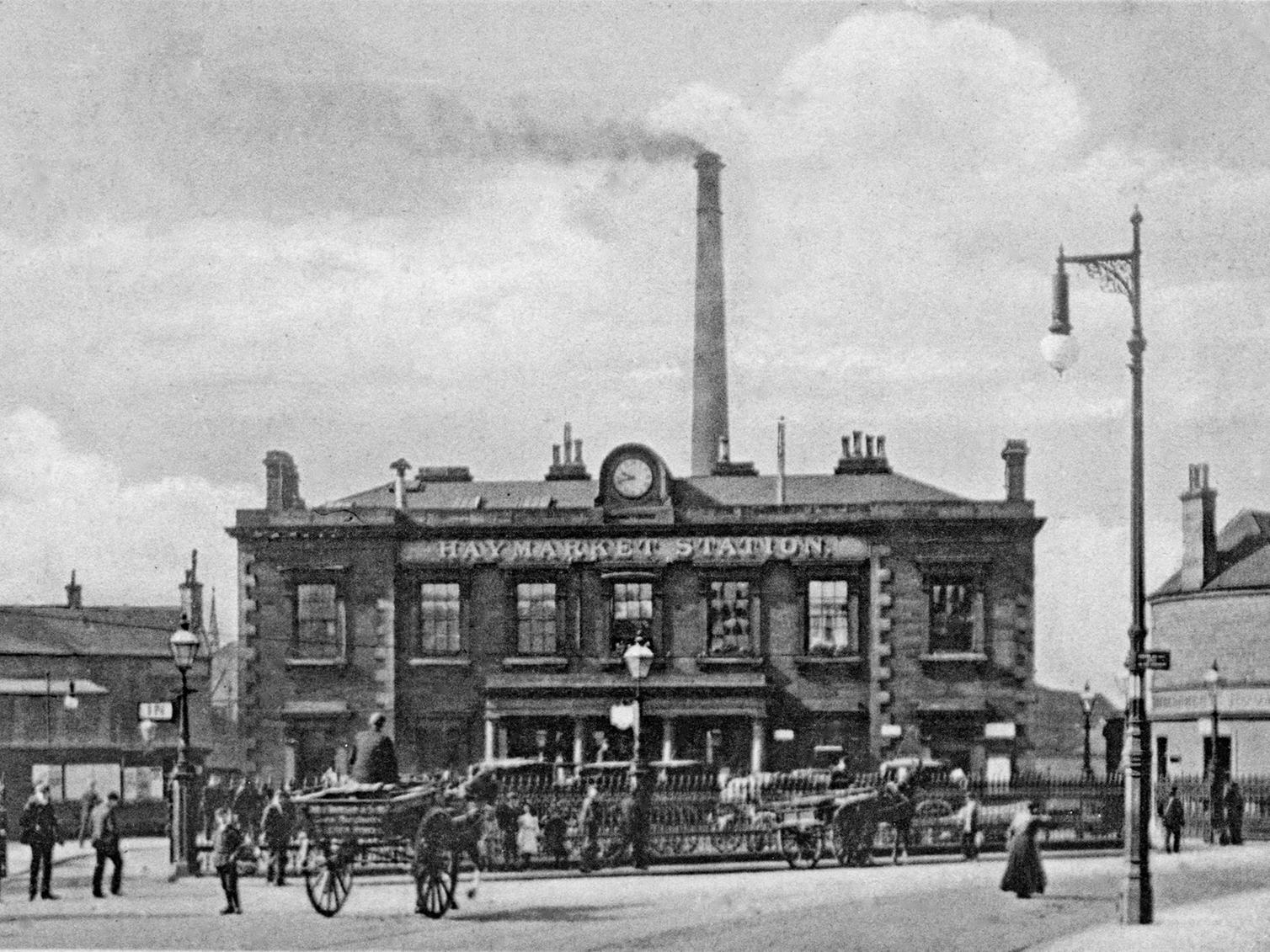
2. Haymarket Station
A postcard sent to Australia in May 1912, published by J R Russell of Edinburgh, provides an early shot Haymarket Station. Photo: J R Russell
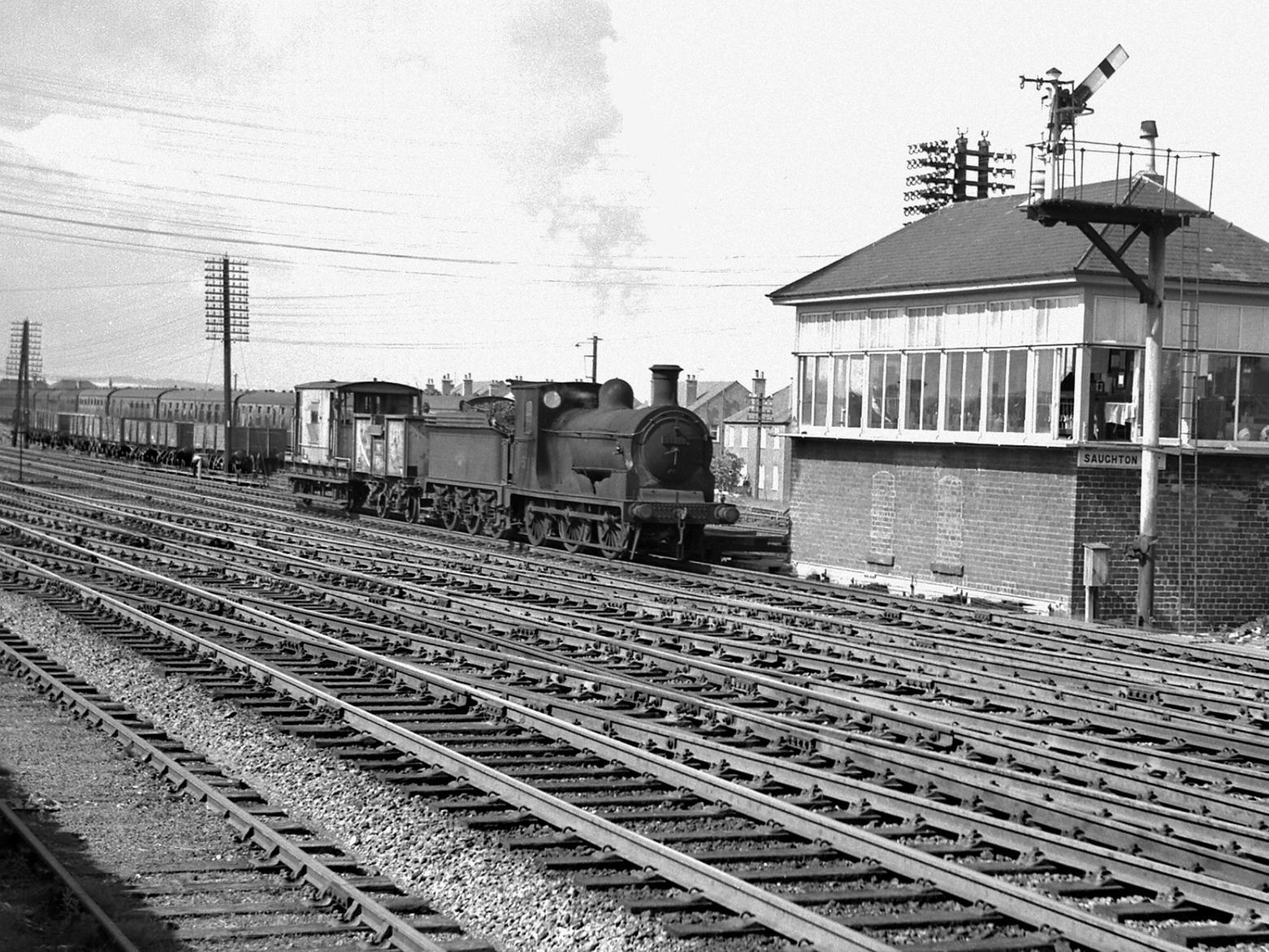
3. Saughton
Class J36 No 65288 passes the signal box at Saughton in 1962 with a short freight train consisting of one mineral wagon and a brake van. Photo: Colour-Rail.com
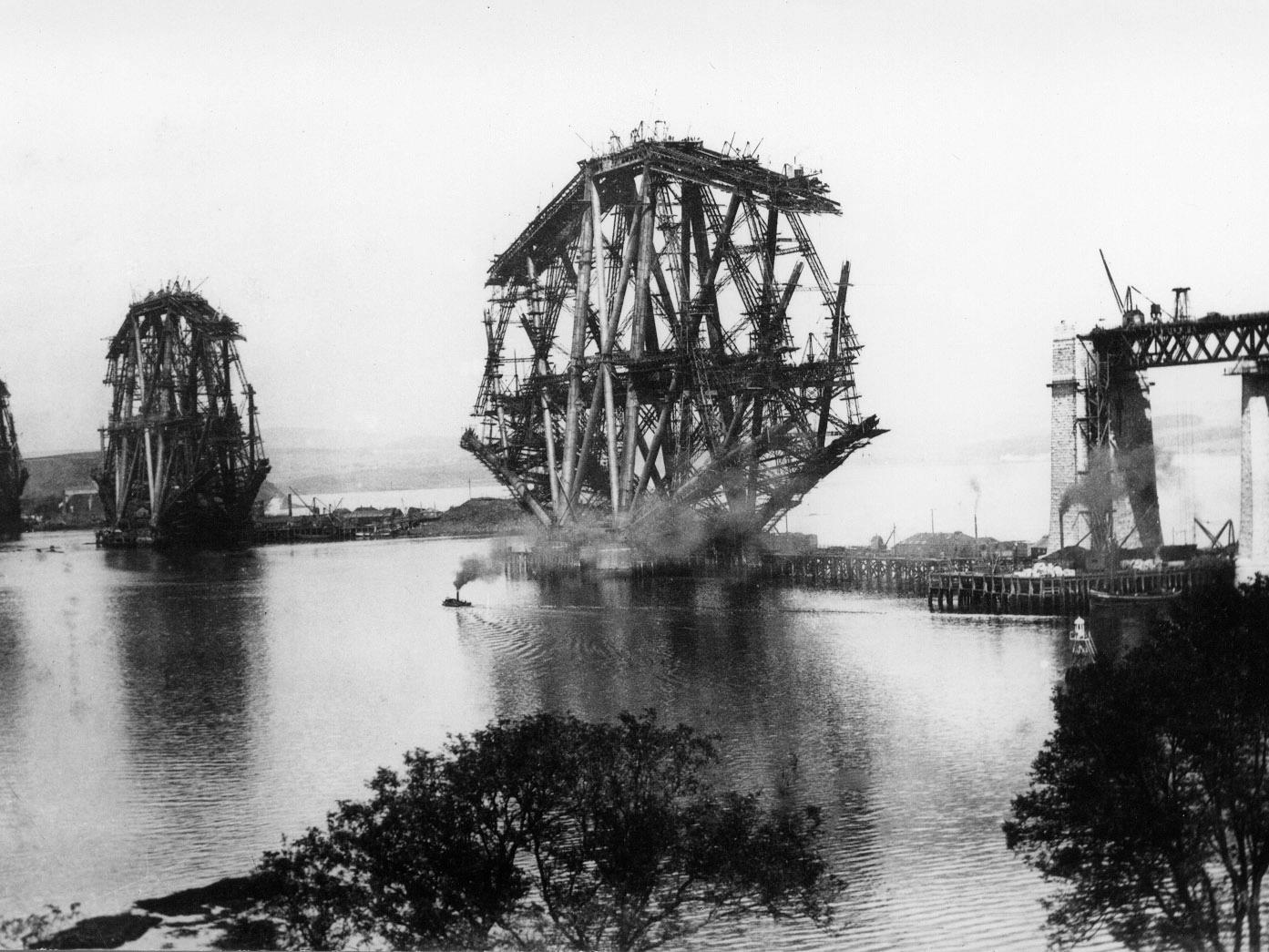
4. Forth Bridge under construction
A view of the Forth Bridge taken in the mid-1880s, shows the construction of the main cantilever structures which are supported by granite piers. Photo: J Alsop Collection
